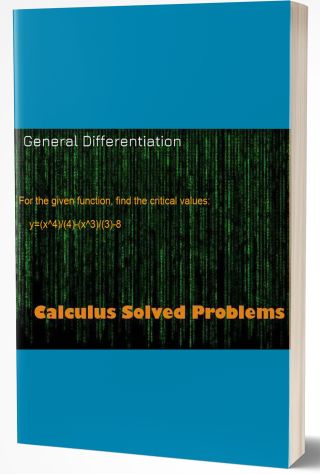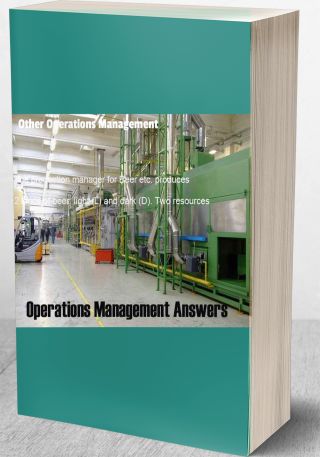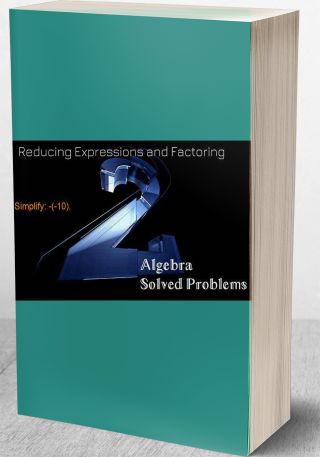Using only definition: A sequence, t, converges to the real number s provided that for each r > 0 th
Question: Using only definition: A sequence, t, converges to the real number s provided that for each r > 0 there exists a real number N such that for all n an element of N, n>N implies that the absolute value of |t-s| < r. If t converges, then s is called the limit of the sequence t. If a sequence does not converge to a real number it is said to diverge.
Prove the following:
a) For any real number k>0, the limit as n approaches infinity, of 1/n^k = 0
b) \(\underset{n\to \infty }{\mathop{\lim }}\,\frac{3n+1}{n+2}=3\)
c) \(\underset{n\to \infty }{\mathop{\lim }}\,\frac{\sin n}{n}=0\)
d) \(\underset{n\to \infty }{\mathop{\lim }}\,\frac{n+2}{{{n}^{2}}-3}=0\)
Price: $2.99
Solution: The solution file consists of 2 pages
Solution Format: Word Document
Solution Format: Word Document


![[Solved] Show this diverges: {b_n}={{(-1)}^n} #14754 Fundamental Theorem of Calculus](/images/downloads-images/featured/Calculus-question-14753.jpg)

![[Solved] Prove or disprove xA+xB=x(A+B) #16680 General Differentiation](/images/downloads-images/featured/Economics-question-28127.jpg)
![[Solved] A business purchased for $650,000 in 1997 is sold in 2000 for $850,000. What is the annual rate of r #21819 Other Calculus](/images/downloads-images/featured/Calculus-question-27205.jpg)

